Ficus Audrey Ficus benghalensis Rare Flora Pistils Nursery
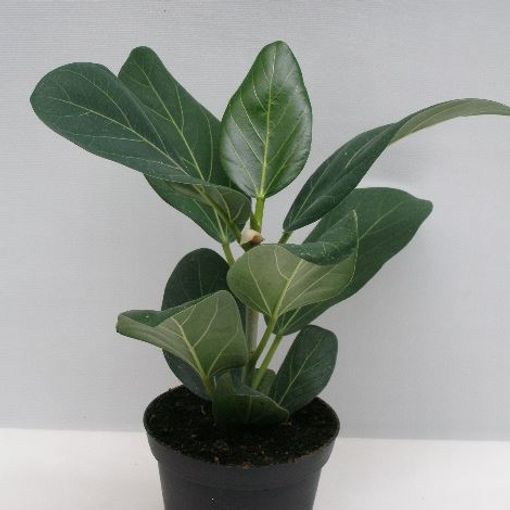
Ficus benghalensis Audrey (T13 cm H30 cm) Pflanzen Großhandel FlorAccess
Ficus. Die Ficus-Arten werden bei uns gerne als Kübel- und Zimmerpflanzen kultiviert. Wir stellen Ihnen die vielfältige Gattung näher vor und geben Tipps zur Pflege. Innerhalb der Gattung Ficus zählt der Feigenbaum (Ficus carica) vermutlich zu den bekanntesten Vertretern.
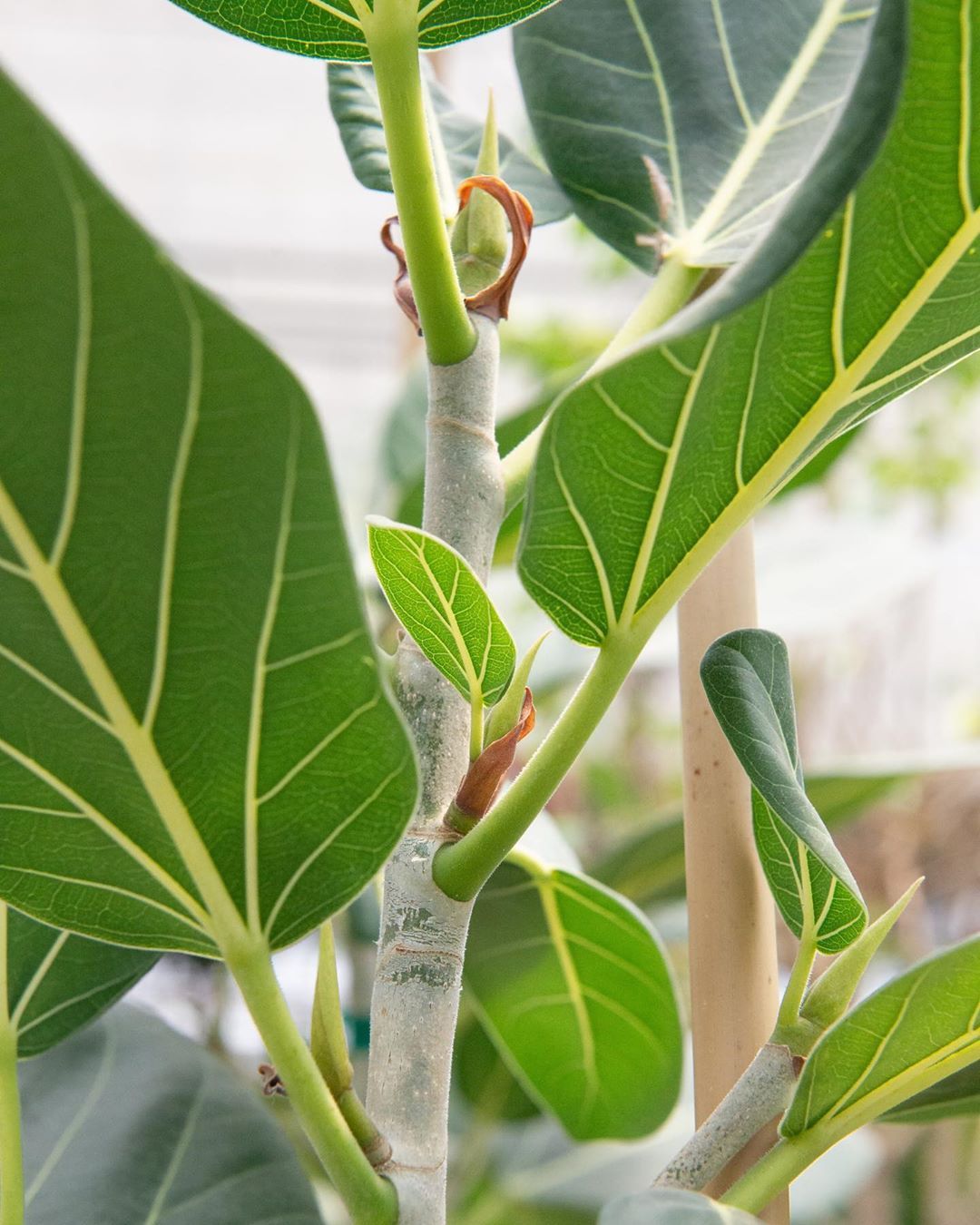
Ficus Audrey Care How to Grow & Care For The Strangling Fig
Ficus Audrey Care & Growing Guide. 1. Light Requirement. Bright indirect light is best for this ficus tree plant, although it can handle conditions with lower light. Although the light will affect its growing speed, it will do just fine and be healthy for a short period of time. If the tree's color starts to fade and the leaves begin to wilt.
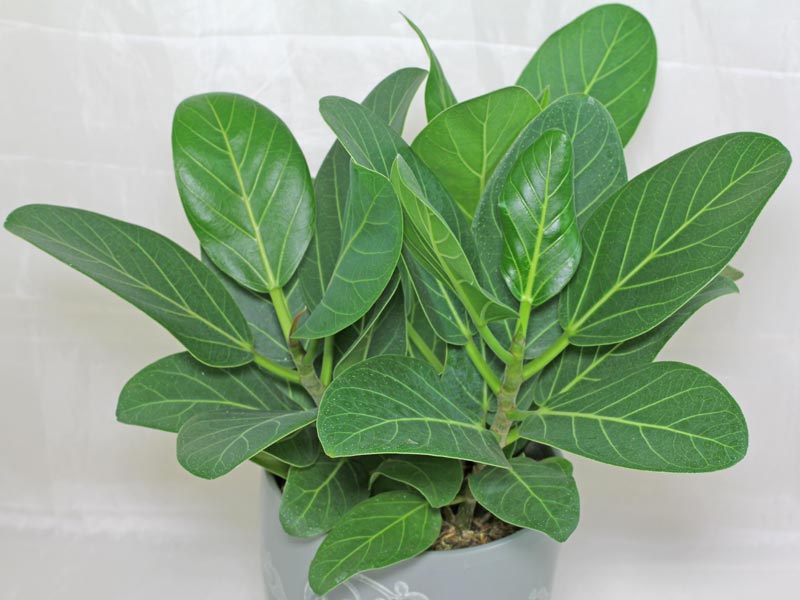
Ficus benghalensis
Ficus benghalensis is also commonly known as Ficus Audrey or Audrey fig. As a potted ornamental, this tree is charming, easygoing, and a wonderful addition to your space. Though it can reach up to 100 feet tall and several acres wide outdoors, it will only reach about 10 feet inside and will remain a single trunk rather than putting down a ton.

ficusbenghalensiskrukvaextbaniantraed__1124670_pe875222_s5.jpg
Ficus benghalensis wächst in seiner Heimat Indien als großer Baum - bei uns kann er als Zimmerpflanze kultiviert werden. Mit diesen Tipps gelingt die Pflege. Banyanbaum (Ficus benghalensis): Pflanz- und Pflegetipps - Mein schöner Garten
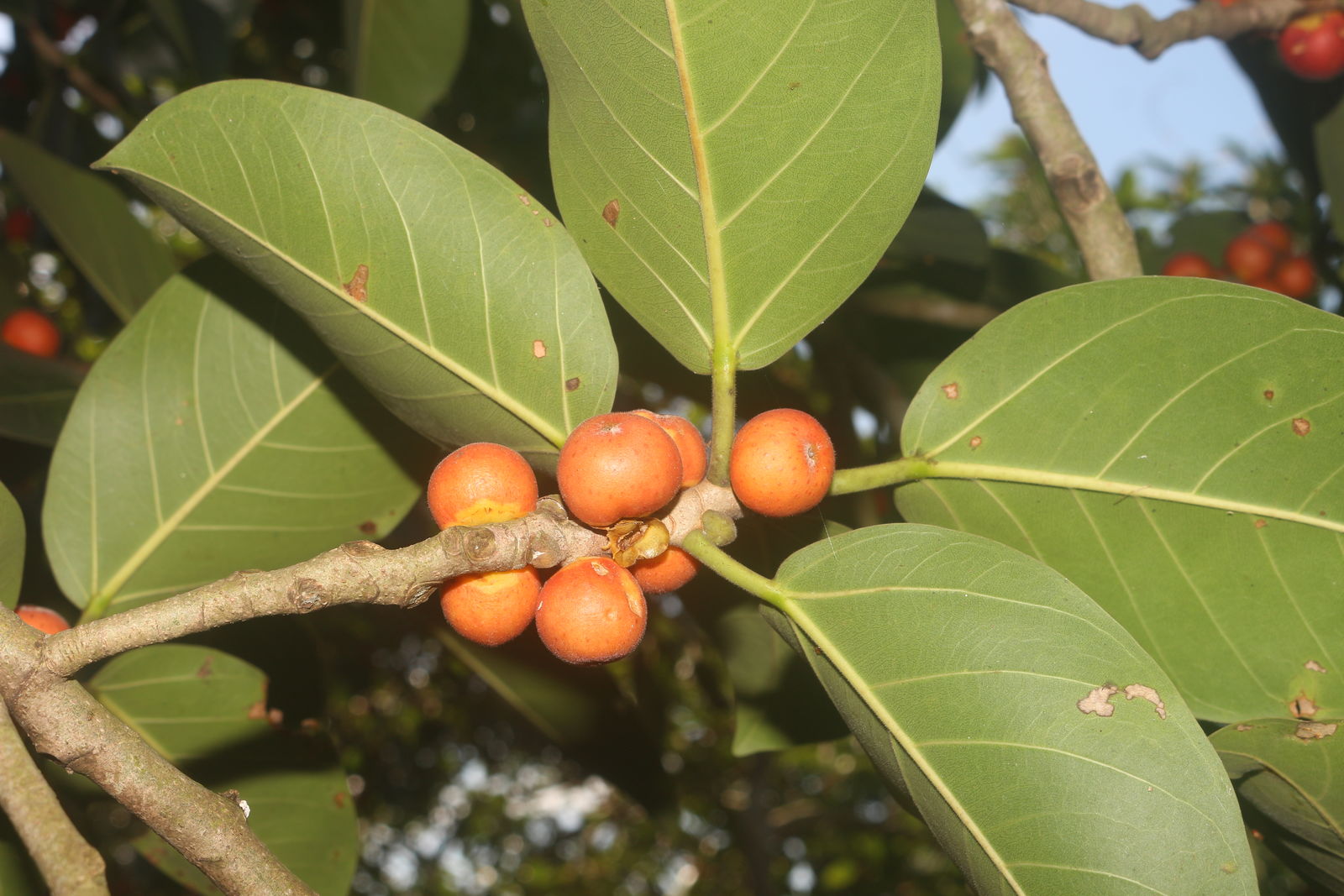
Ficus benghalensis L. Colombian Plants made accessible
Follow these simple steps to propagate ficus Audrey. Identify a spot along the stem that you would like to propagate. Ensure that each stem cutting will have at least 2 to 3 leaves. Using a pair of sharp, sterilized pruning shears or scissors, cut the stem to separate it from the main plant.
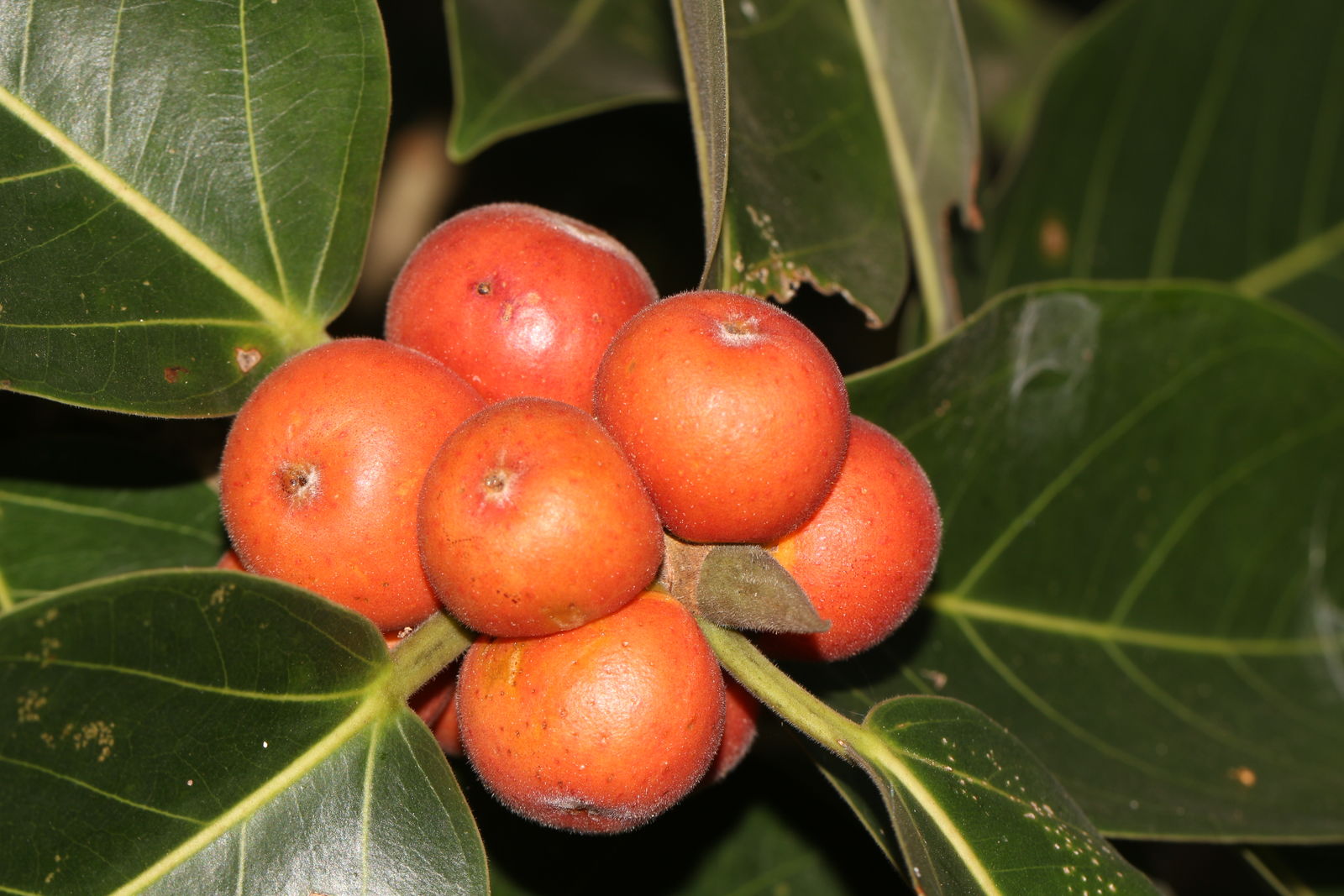
Ficus benghalensis L. Plants of the World Online Kew Science
How to grow Ficus benghalensis from seeds. Sowing requirement: Seed small, better to soak the seeds for 24 hours, germinate in temperature 21-26 (70-79F), moist soil, high humidity (better result with light fog) half shade to full sun. Saving seeds and care until sowing: Dry and dark location. Sowing season:
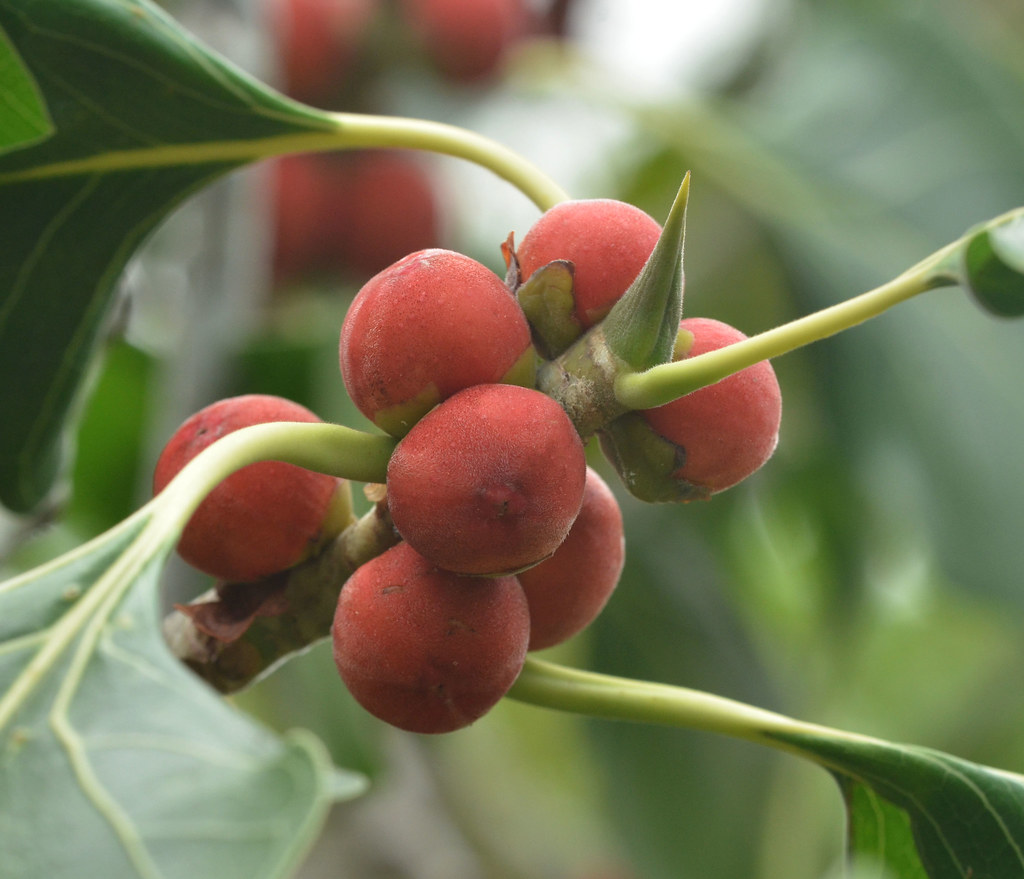
Ficus benghalensis Cerlin Ng Flickr
Morphology of Ficus benghalensis: Vata (Banyan tree) is a big tree distributed all over India in the temperate climate, growing to a height of 15-20 meters and wide in radius. Aerial roots are found hanging from the tree which, on touching the ground, gives support to the branches. The tree bark is thick, whitish colored.

Ficus benghalensis How to grow & care
Beschreibung. Der bevorzugte Standort für die Banyan-Feige ist ein heller Platz mit durchlässigem, humosem und lehmigem Zimmerpflanzensubstrat. Unter optimalen Bedingungen wächst Ficus benghalensis aufrecht und verzweigt und erreicht Größen von bis zu 50 cm, sowie Breiten von etwa 40 cm. Breite. 20 - 40 cm.

Banyanbaum (Ficus benghalensis) Pflanz und Pflegetipps Mein schöner Garten
The genus Ficus, in Latin, refers to the commercial edible fig (Ficus carica). The specific epithet benghalensis is named after the Bengal region. Ethnobotanical Uses: Cultural / Religious: Heritage Trees : There is currently one individual of Ficus benghalensis listed as a Heritage Tree in Singapore. It can be found at Tiong Bahru Park.

Ficus Benghalensis Variegated
Banyan-Feige, Bengalische oder Indische Feige. Ficus benghalensis stammt aus Indien und ist umgangssprachlich als Banyan-Feige, Bengalische oder Indische Feige bekannt. Wild wachsend kann dieser Baum über 20 Meter hoch werden. Die Banyan-Feige zählt zu den sogenannten Würgefeigen. Junge Exemplare wachsen epiphytisch, auf anderen Bäumen sitzend.

Ficus benghalensis
Der Banyanbaum (Ficus benghalensis) trägt glänzende, eiförmige, dickfleischige, ganzrandige Blätter. Diese aufrechte Pflanze gedeiht am besten an einem hellen Standort.. Pflege. Achten Sie auf hohe Luftfeuchtigkeit: Sie sollten die Pflanzen regelmäßig mit weichem, kalkfreiem Wasser besprühen..

Ficus benghalensis Gartenarbeit an
Ficus benghalensis, or Ficus indica commonly known as the banyan, banyan fig and Indian banyan, is a tree native to the Indian Subcontinent.Specimens in India are among the largest trees in the world by canopy coverage. It is also known as the "strangler fig" because it starts out as epiphyte, that is, leaning on another tree that it ends up suffocating.
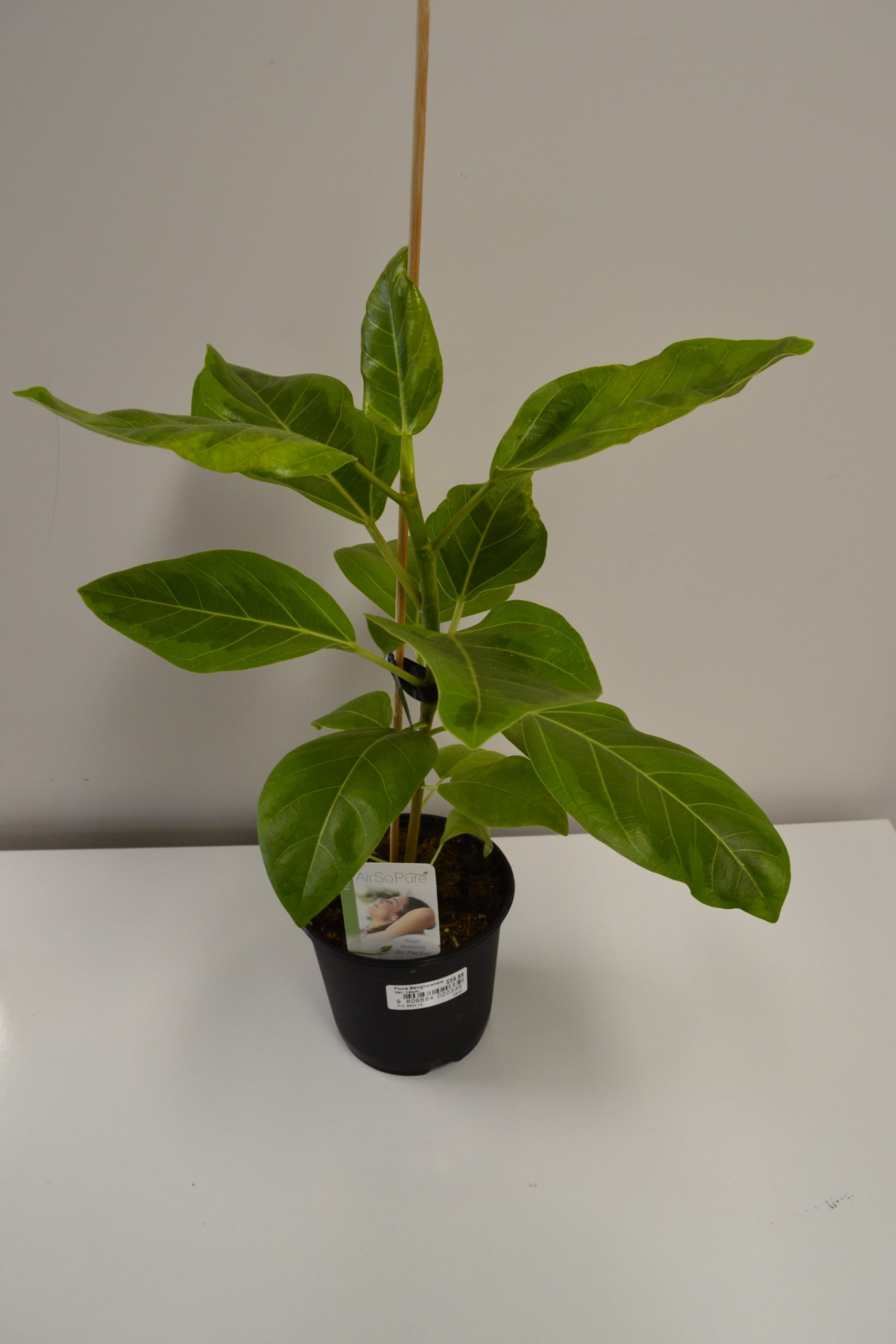
Ficus Benghalensis Variegata Springvale Garden Centre
Ficus benghalensis is a fast-growing tree that can reach a height of 30-40 m. It has a spreading crown with drooping branches. The leaves are simple, alternate, and ovate-shaped with a pointed tip. They are 10-20 cm long and 5-10 cm wide. The upper surface of the leaves is glossy green while the lower surface is paler. The leaf margins are entire.
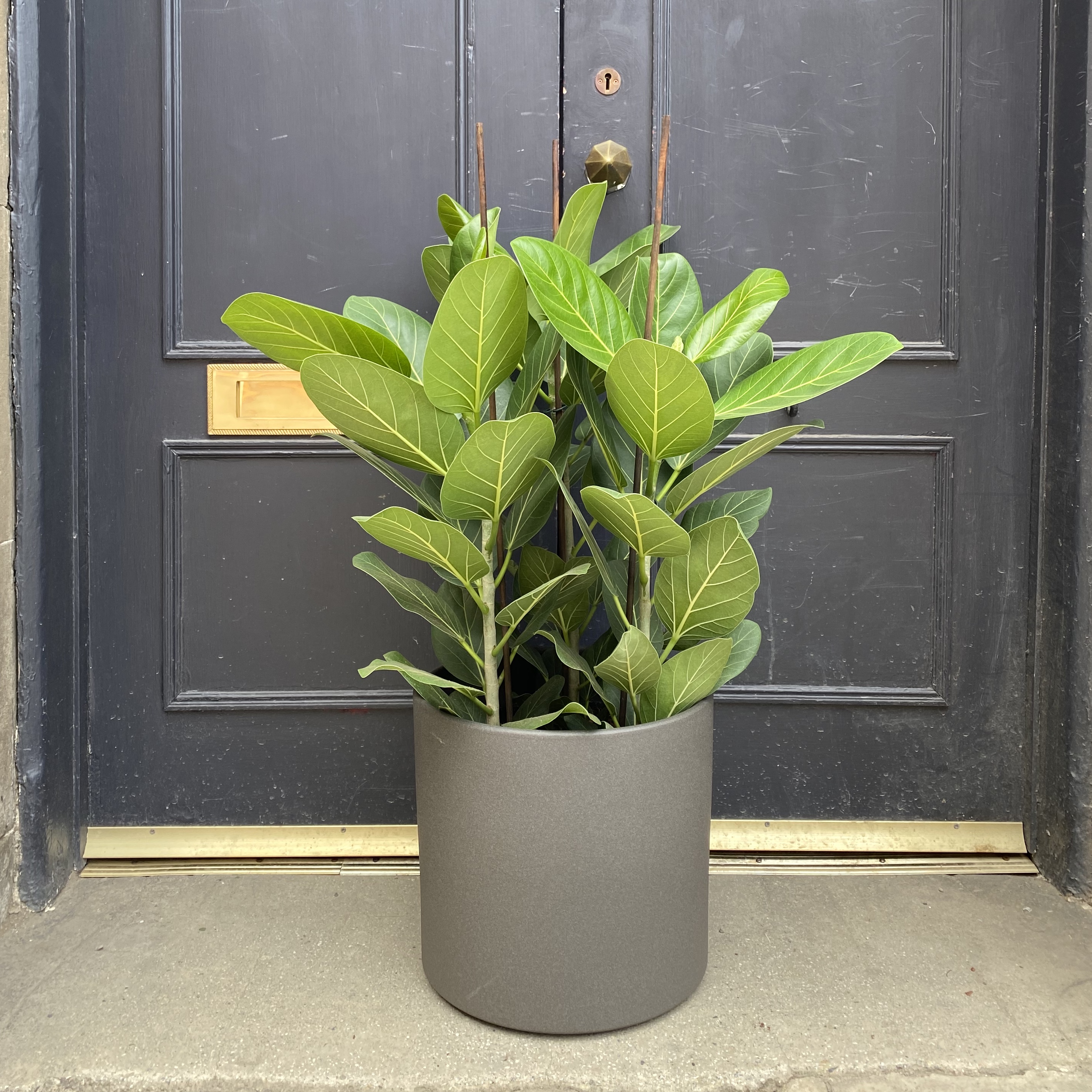
Ficus benghalensis ‘Audrey’ (27cm pot) grow urban.
Ficus benghalensis grows as a large tree to 30 meters in height, a trunk to 150 cm in diameter. Aerial roots form from the branches and become secondary trunks allowing the tree to grow outward from the center horizontally (in some cases to 200 m). The leaves are arranged alternately (clustered at branch tips), to 40 cm in length, ovate to.

Ficus benghalensis close up of the leaves Stock Photo Alamy
How to Grow Ficus benghalensis. Growing Ficus benghalensis, also known as the Indian Banyan or Audrey fig, requires proper care and attention to ensure its healthy growth.Here are some essential care tips to help you cultivate a thriving Ficus benghalensis plant:. Choosing the Right Location: Ficus benghalensis thrives in bright, indirect sunlight. Place your plant near a window or in a well.
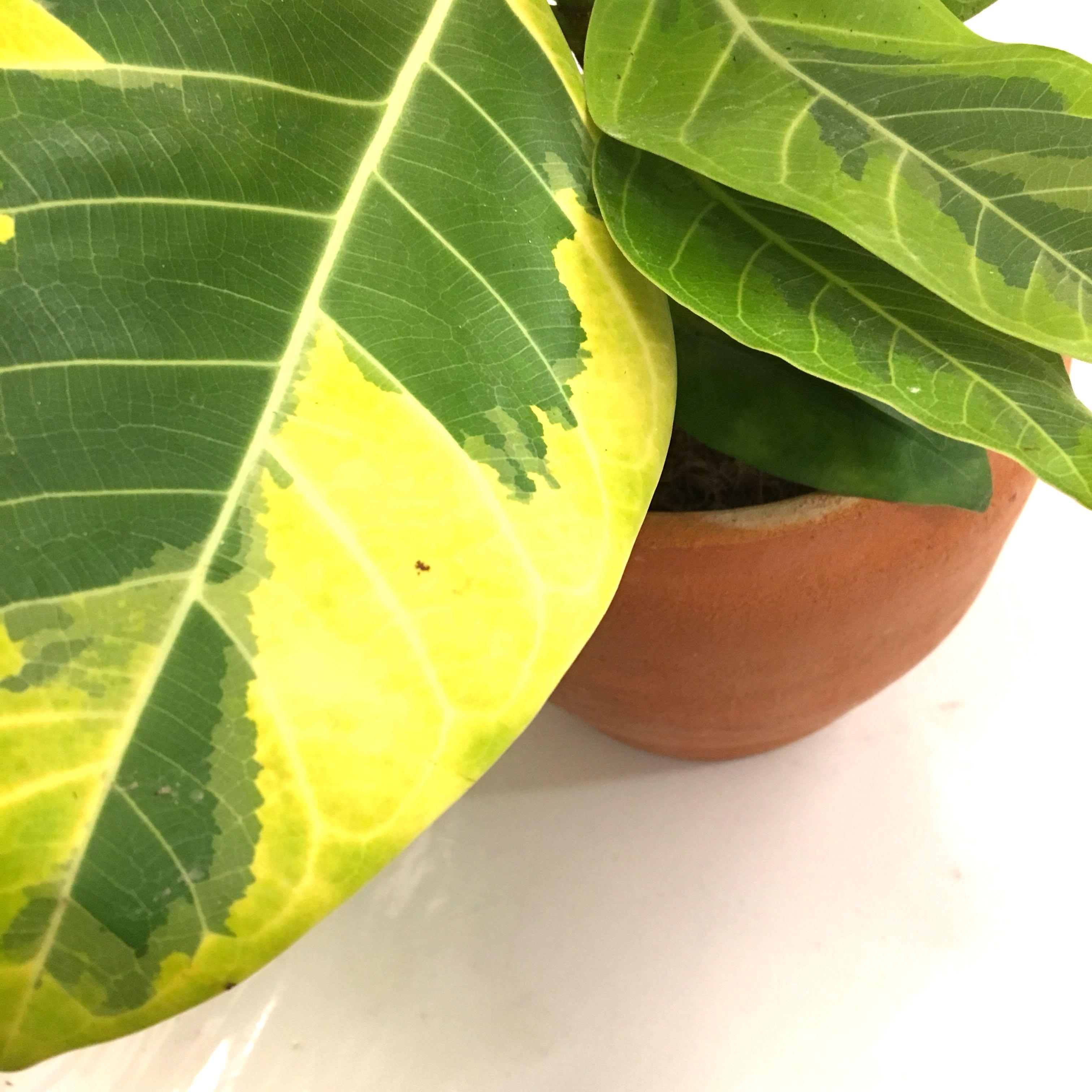
Plant Ficus Benghalensis Variegated Banyan Fig, Gardening, Plants on Carousell
F. benghalensis is a large, evergreen to deciduous tree, up to 20 (-25) m tall, with wide leafy crown and branches spreading up to 100 m or more with pillar-like prop roots and accessory trunks. Trunk massive, fluted, bark grey, smooth, young softly white puberulous. Leaves with stout, (1.5-) 2-6 (-8) cm long, ventrally compressed hairy petiole; lamina coriaceous, ovate or obovate to elliptic.